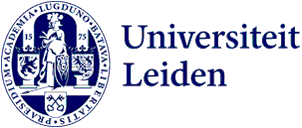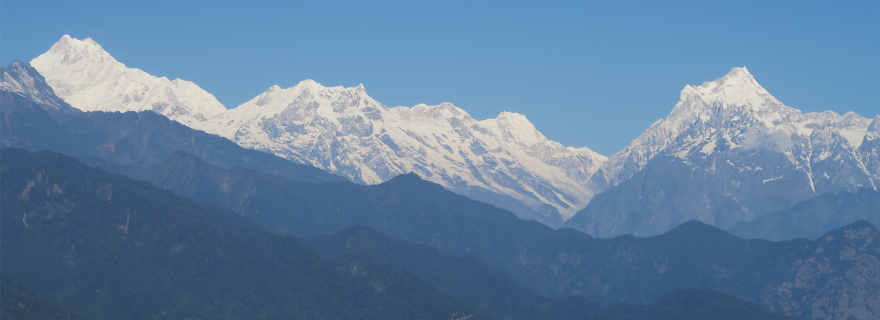Subprojects
This project consists of various case studies.

Futuring ‘post-Heritage’: Reinterpretations of spatiality in Sikkim
Gaining UNESCO recognition for the vast Khangchendzonga National Park (in 2016), underscored Sikkim’s widely popular portrayal as an environmentally conscious and sustainably developing state. How does the authorised worthiness of a region combine with extreme weather events and biodiversity loss impact futuring among different human and more-than-human residents of the state?

Futuring World Heritage? Custom, cooperation and competing governance
In western Meghalaya, attempts to create a UNESCO recognised Garo Hills Conservation Area reveal the complexity of the fractured legality of local structures of governance. Rich forests, historically sustained mainly due to shifting cultivation, are being objectified, to allow for their monetization as carbon sinks. How does the attribution of these new values transform futuring?

‘Community-led’ futuring at the intersection of destruction and recuperation
In eastern Meghalaya, where unregulated resource extraction persists, residents are entangled in both destruction and recuperation. In response to ‘community-involved’ degradation, institutionalised attempts at environmental conservation are burgeoning. Simulteneously, community-led initiatives to restore scarred landscapes offer signs of hope. How does this expand the idea of futuring to encompass both conservation and ‘community-led destruction’?




